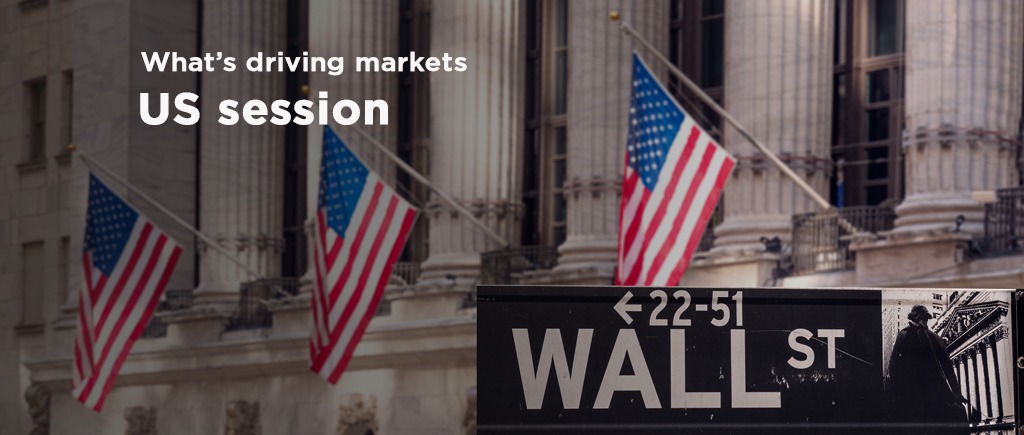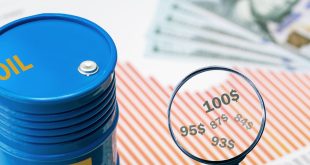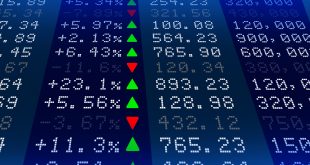Global recessionary fears have impacted most sectors across financial markets. The US dollar obviously benefited from the risk-aversion and soared entrenching the dollar’s safe haven status. The risk of a US recession is above 70%, according to most analysts. The inversion of Treasury yield curve also does add to those fears.
With a global energy crisis, the Norwegian oil and gas association reported offshore workers began a strike on Tuesday in demand of wage hikes. It means an estimated 341K barrels lost on output per day. Crude oil prices edged lower amid risk-off flows, with WTI now trading at around $99.60 a barrel. US coal prices, on the other hand, reached all-time highs. Gold Price plummeted to a fresh 2020 low of $1,764.99 per ounce.
Economic Data
New orders for U.S.-manufactured goods increased more than expected in May, bucking a slew of recent data showing a softening in the economy and underscoring that demand for products remains strong even as the Federal Reserve aggressively tightens financial conditions.
The Commerce Department said on Tuesday that factory orders rose 1.6% in May after advancing 0.7% in April. Economists polled by Reuters had forecast factory orders would rise 0.5%.
Other Developments
The EUR/USD pair fell to a 20-year low of 1.0234, recovering some ground later in the day but settling below the 1.0300 threshold. EU growth slowed to a 16-month low, while Germany struggles to get gas amid mounting tensions with Russia.
German Economy Minister Robert Habeck noted that the energy industry crisis could have a negative impact on financial markets. He did not rule out intervening gas prices. Since Russia curbed its gas flows to the country, Germany fears a complete blackout of Moscow’s provision, as Russia will temporarily shut down the NordStream-1 pipeline on July 11 for annual maintenance. The country moved to alert level two in June and may soon move over intervening energy markets.
Eurozone money markets now expect the European Central Bank to hike rates by 130 bps by year-end. The GBP/USD pair currently traded as low as 1.1897, now hovering around 1.1950. Turmoil in Downing Street will likely take its toll on the Pound as two senior cabinet ministers resigned, Sajid Javid and Rishi Sunak, followed by vice-chair of the UK Conservative Party, Bim Afolami, Parliamentary Private Secretary Saqib Bhatti, and Parliamentary Private Secretary to Secretary of State for N. Ireland Jonathan Gullis.
USD/CAD trades at 1.3030 after peaking at 1.3083, while AUD/USD nears 0.6800 after bottoming at 0.6760. The Australian dollar is sharply lower on Tuesday. In the European session, AUD/USD is trading at 0.6796, down 1.0% on the day.
The late forex recoveries are related to Wall Street, as US indexes trimmed a good part of their intraday losses ahead of the session’s close.
Also Read
Gold sinks to six-month low on stronger US dollar
Treasury yield curve inverts as recession fears accelerate
Resigned Afolami calls for Boris Johnson to step down
WTI Crude sharply Drops To $97
Resignations Quake UK’s 10 Downing Street
GBP/USD under pressure amid risk aversion
 Noor Trends News, Technical Analysis, Educational Tools and Recommendations
Noor Trends News, Technical Analysis, Educational Tools and Recommendations





